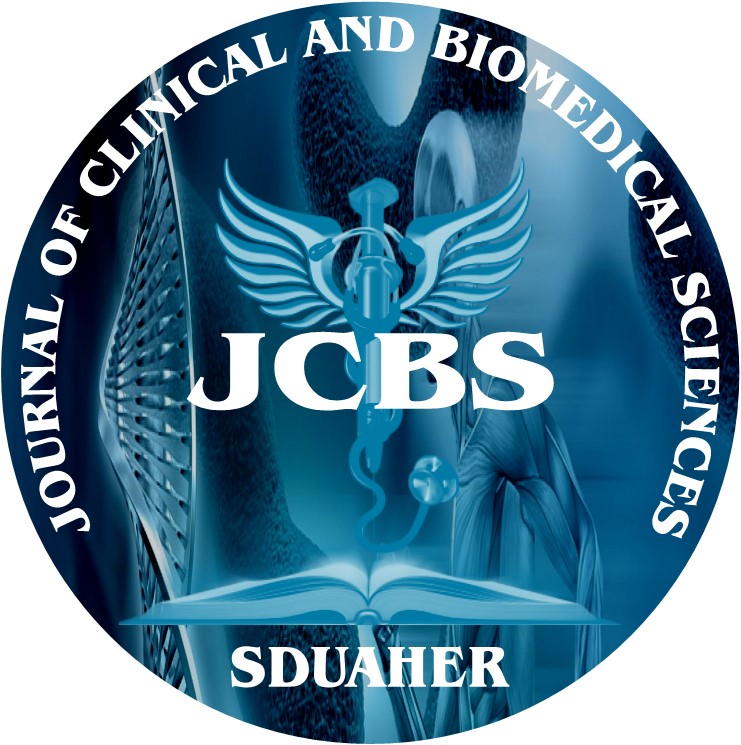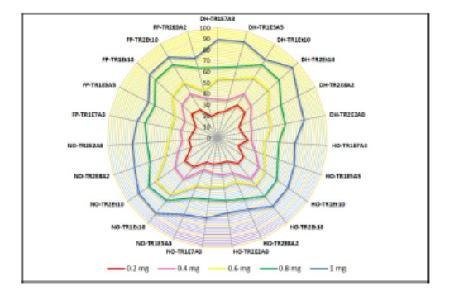


Journal of Clinical and Biomedical Sciences
Year: 2025, Volume: 15, Issue: 1, Pages: 38-48
Original Article
Arora Ragini1, Jha Harit1∗
1Department of Biotechnology, Guru Ghasidas Vishwavidyalaya, Bilaspur, Chhattisgarh, India
*Corresponding Author
Email: [email protected]
Received Date:18 September 2024, Accepted Date:11 February 2025, Published Date:25 March 2025
Background: Oxidative stress, caused by an imbalance between reactive oxygen species (ROS) and antioxidant defences, is implicated in numerous degenerative diseases. The search for natural antioxidants has led to the exploration of thermophilic bacteria, known for thriving in extreme environments and potentially producing potent antioxidant compounds. Objective: The purpose of this study was to isolate and characterize thermophilic bacteria collected at Tatapani Hot Spring and evaluate their antioxidant potential. Methods: Water samples were collected from Tatapani Hot Spring and subjected to bacterial isolation using the Spread Plate and Enrichment Culture Method. Isolated strains were characterized morphologically, biochemically, and molecularly via 16S rRNA gene sequencing. Carotenoids and quinones were extracted from the fermentation medium and analyzed for antioxidant activity using UV-Visible spectroscopy. The antioxidant potential of the extracts was assessed through various assays, including DPPH radical scavenging, hydroxyl radical scavenging, nitric oxide radical scavenging, and Ferric ion reducing antioxidant power (FRAP) assays. Results: Two thermophilic bacterial strains, referred to as TR1 and TR2, were successfully isolated. Both strains are Gram-positive, endospore-forming rods. Strain TR1 exhibited 98.70% sequence similarity to Bacillus nakamurai, while strain TR2 showed 99.65% similarity to Bacillus licheniformis. Extracts from these strains revealed significant antioxidant activities, with ethanol extracts demonstrating superior efficacy. Specifically, the ethanol-dissolved extracts exhibited DPPH radical scavenging activity of approximately 80%, hydroxyl radical scavenging activity up to 95.5%, and nitric oxide radical scavenging activity around 87.4%. The FRAP assay confirmed the strong reducing power of the extracts. Conclusion: The thermophiles collected at Tatapani Hot Spring produce potent antioxidant compounds, primarily carotenoids and quinones, with substantial scavenging activities. These findings highlight the potential of these bacteria as sources of natural antioxidants for applications in pharmaceuticals, nutraceuticals, and cosmetics. Future research should focus on optimizing the extraction processes and further characterizing these bioactive compounds to fully exploit their therapeutic potential.
Keywords: Thermophilic bacteria; Antioxidant activity; Bacillus species; Bioactive compounds
This is an open-access article distributed under the terms of the Creative Commons Attribution License, which permits unrestricted use, distribution, and reproduction in any medium, provided the original author and source are credited.
Published By Sri Devaraj Urs Academy of Higher Education, Kolar, Karnataka
Subscribe now for latest articles and news.